Training Drills & Skills for Young Athletes
Athletics is a specialised group of sports that include competitive running, jumping, throwing, and walking. Track and field, road running, cross country running, and race walking are the most popular forms of athletic competitions. Strength, power, endurance, speed, and flexibility conditioning are all part of athletic training. The 'Athletics Webinar Series' began with an overview of how to structure training sessions. Coach Rohit Mane, Sprints Coach at RF Odisha Athletics HPC, led the second session of the series, which addressed more in-depth training techniques and drills for young athletes.
Athletics is a specialised group of sports that include competitive running, jumping, throwing, and walking. Track and field, road running, cross country running, and race walking are the most popular forms of athletic competitions. Strength, power, endurance, speed, and flexibility conditioning are all part of athletic training. The 'Athletics Webinar Series' began with an overview of how to structure training sessions. Coach Rohit Mane, Sprints Coach at RF Odisha Athletics HPC, led the second session of the series, which addressed more in-depth training techniques and drills for young athletes.
Coach Rohit introduced what entails planning a training session. When planning a training session, one should ask the following questions:
- Why are you training?
- What is your training goal?
- How to reach your training goal?
For an athlete to reach his/her maximum potential, Coach Mane talked about The Theory of Reversibility which is a sequence used in training to progress the session gradually and with the right intensity to unlock the peak performance of an athlete. This training sequence adds flow and order to the training session and is sequenced as:
- Technique
- Speed
- Strength
- Endurance
- Flexibility
Coach Mane further explained that coaching is not just about planning sessions and training athletes and is a form of art. A sequence of coaching drills should include:
- Build and develop a good relationship with athletes
- Provide instructions & explanation to the athlete
- Provide demonstrations
- Observe & analyse athlete’s faults
- Provide feedback
Coach Mane demonstrated the phases that a training session has to progress through to achieve maximum velocity. This covered the following drills:
- Walking drills
- Jogging drills
- Marching drills
- Skipping drills
- Running drills
The demonstration included drills conducted at the RF Odisha Athletics High Performance Center. After learning to pick up speed, the next phase is the acceleration phase. Drills to train in this phase are:
- Wall drill
- Falling start
The last phase demonstrated was the running cycle. This phase consisted of:
- Drive phase
- Flight phase
- Recovery phase
- Support phase
Coach Mane also discussed the fundamental skills involved in the take-off phase and landing phase. He also explained the progressions of taking a jump. Drills for jumping are:
- Double-leg squat jump
- Single-leg forward jump
- Lateral jumping
- Jump and hold progressing to hop and hold
These drills help in developing ankle mobility and aids in strength and balance for overall athlete development.
In the next section, Coach Mane discussed the key progression of teaching an athlete to throw. This is used by Javelin athletes. The drills are as follows:
- Warm-up drill
- Wall drill
- Overarm ball throw
- Over the hurdles walking drills
The session concluded with a demonstration of the drills and suggestions to improvise the coaching for young athletes.
In case of queries or if you have any suggestions for webinar topics, please feel free to connect with us on Instagram/Facebook or email us at info@rfyouthsports.com
Quiz:
- What qualities should be targeted in a coaching session?
- Technique
- Speed & Strength
- Endurance & Flexibility
- All of the above
- What drills should be included for training sprinters?
- Walking drills
- Jumping drills
- What entails planning a training session?
- The goal of the session
- Athlete’s goal
- How would you reach the goal of your training session?
- By including a range of training drills
- By repeating the same drills
- If you had to plan a session, which method should you choose?
- Have a collective approach to training
- Phasing the training session

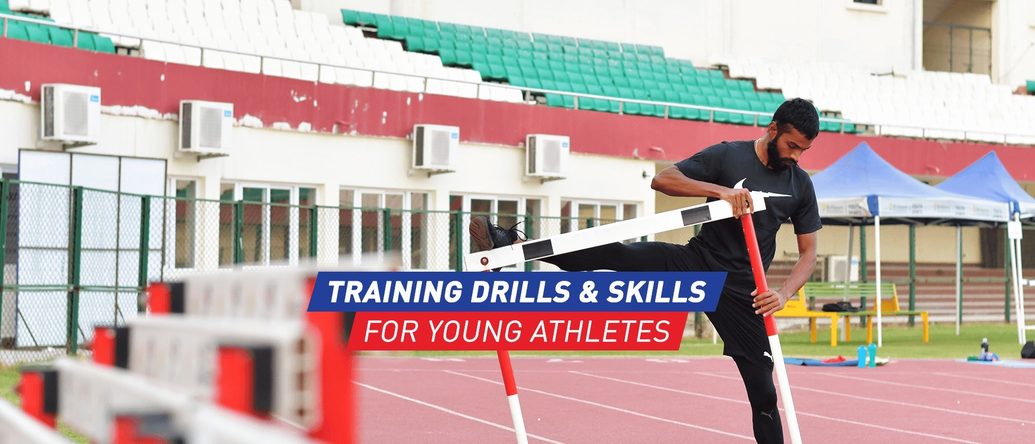
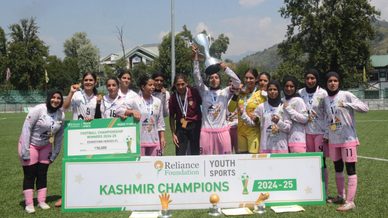
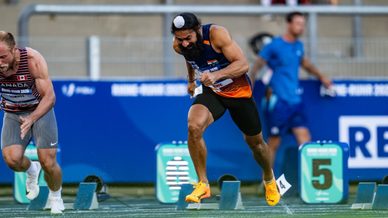

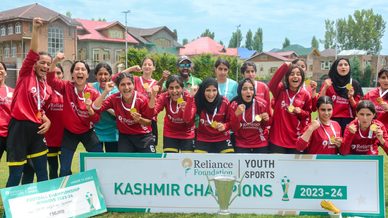
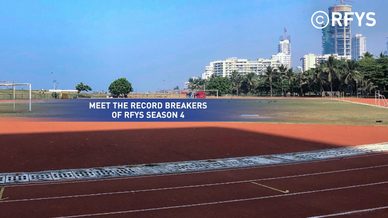
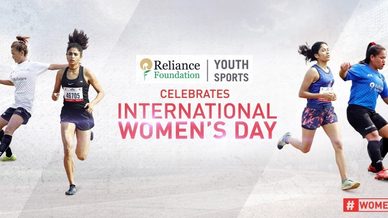
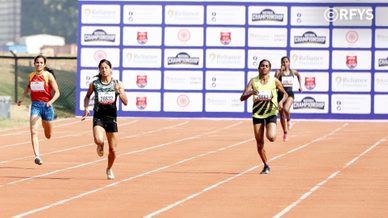
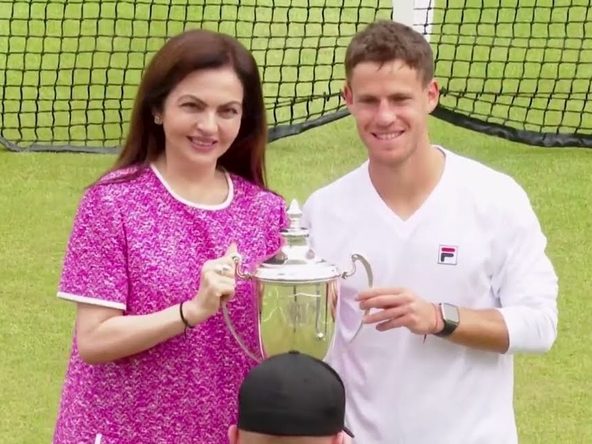

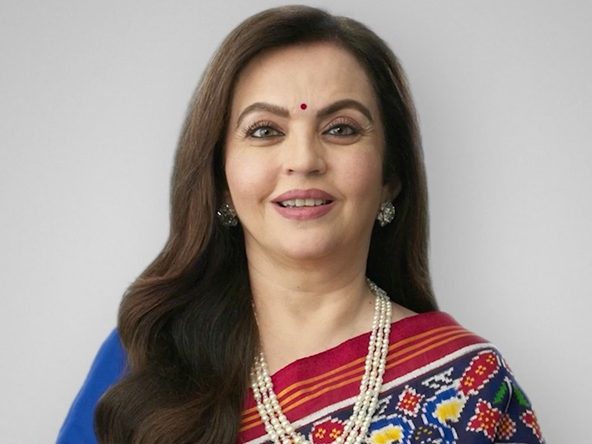
Your Comments